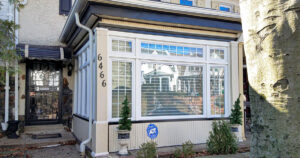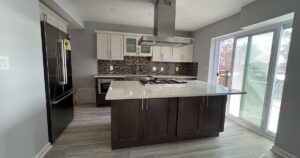Maximizing Your Home’s Curb Appeal with Capping: Tips for the Savvy Homeowner
First impressions are everything, and that’s why curb appeal matters when it comes to your home. We can’t think of a faster or better way to quickly enhance your home’s exterior than with capping. Capping is a process that involves covering your wooden trim with aluminum or vinyl for added durability and style. It’s a simple way to improve your home’s aesthetics and protect it from the elements. With a variety of colors and styles available, you can easily find the perfect capping to match your home’s existing design. In this article, we’ll explore some tips for how to maximize your home’s curb appeal with updated capping. Whether you’re planning to sell your home or simply want to improve your happiness level with your home, these tips will help you achieve the perfect look for your home’s exterior. Are you ready to discover how to transform your home’s curb appeal with capping?
The Importance of Curb Appeal
Curb appeal is the first impression people have of your home when they drive by or come to visit. It’s the overall appearance of your home’s exterior, including landscaping, lighting, and any architectural features. A home with great curb appeal can increase its value, attract potential buyers, and even boost the neighborhood’s overall appearance. Curb appeal is also important for homeowners who take pride in their property’s appearance. A well-maintained home with great curb appeal can make you feel happy and proud each time you arrive home.
Benefits of Capping for Improving Curb Appeal
Capping is an excellent way to improve your home’s curb appeal. It can enhance the look of your home’s exterior and it also makes it more durable. Capping covers the wooden trim of your home with aluminum or vinyl, which provides extra protection against the elements. It also eliminates the need for regular painting and maintenance. Capping can also increase your home’s energy efficiency by reducing heat loss and air leakage. It’s an affordable and low-maintenance way to add style and value to your home.
Capping Materials and Options
When it comes to capping, you have several options for materials and styles. Aluminum and vinyl are the most common materials used for capping in Philadelphia. Aluminum is lightweight, durable, and resistant to corrosion. It’s available in a wide range of colors and can be painted to match any design. Vinyl is also lightweight, durable, and low-maintenance. It’s available in many colors and styles, including wood-grain patterns that mimic real wood. Both materials are long-lasting and can withstand harsh Philadelphia weather conditions.
Choosing the Right Color and Style
Choosing the right color and style for your capping is essential for maximizing your home’s curb appeal. You want to choose a color and style that complements your home’s existing design. If you have a traditional home, you may want to choose a classic color like white or beige. If you have a modern home, you may want to choose a bolder color like black or gray. You can also choose a contrasting color to make your home’s trim stand out. When it comes to style, you can choose from a variety of options, including smooth, textured, and wood-grain patterns.
DIY vs Hiring a Professional
If you’re handy with tools and enjoy DIY projects, you may be able to install capping yourself. However, if you’re not experienced with home improvement projects, it’s best to hire a professional. If capping is not installed correctly it can lead to damage inside the home. It is very important that capping is installed in a way that sheds water. Otherwise, you are creating a closed environment that will trap water against the existing wood trim. That is obviously a recipe for rot and mold.
Installing capping requires precise measurements, cutting, and fitting, which can be challenging for beginners. A professional installer like AHC will ensure that the capping is installed correctly, and we provide a warranty for our work. We can also help you choose the right color and style for your home.
Capping Maintenance and Care
Capping is low-maintenance, but it still requires some care to keep it looking great. You should clean it regularly with a mild detergent and water to remove dirt and grime. Avoid using abrasive cleaners or scrubbers, as they can scratch the surface of the capping. You should also inspect your capping periodically for any signs of damage, such as dents or scratches. If you notice any damage, you should have it repaired as soon as possible to prevent further damage.
Additional Tips for Improving Curb Appeal
Capping is just one way to improve your home’s curb appeal. Here are some additional tips to help you maximize your home’s exterior:
- Keep your landscaping neat and tidy. Trim bushes and trees, keep your lawn mowed and edged, and add some colorful flowers or plants to your yard.
- Install outdoor lighting. Outdoor lighting can enhance the look of your home’s exterior and provide added security.
- Replace your front door. A new front door can make a big impact on your home’s curb appeal. Choose a style and color that complements your home’s design.
- Add shutters or window boxes. Shutters and window boxes can add charm and character to your home’s exterior.
Looking for some real-world examples? Check out these beautiful ideas from Better Homes & Gardens.
Examples of Capping Options
To help illustrate how capping can transform your home’s curb appeal, check out these examples of white and colored capping options:
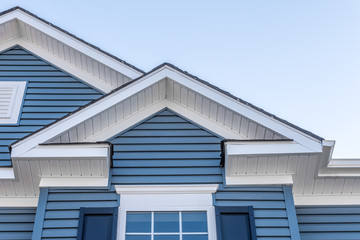
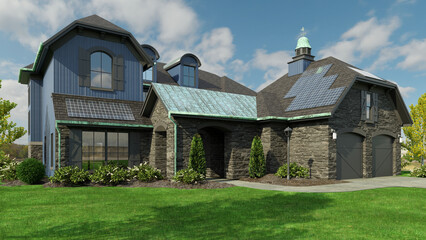
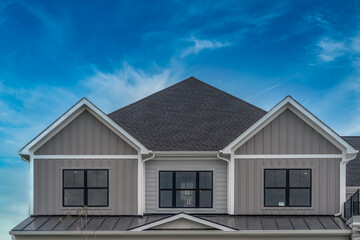
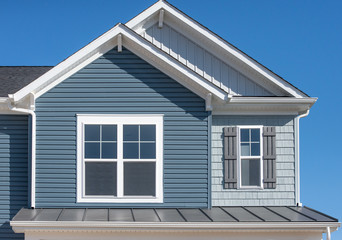
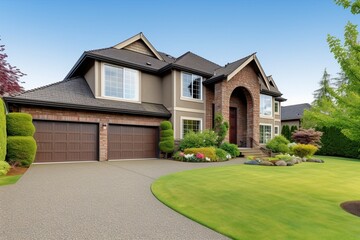
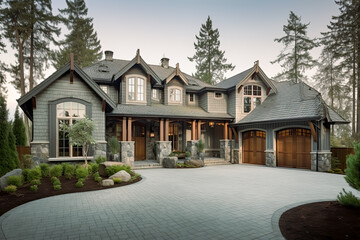
As you can see, different styles can make a big difference in a home’s appearance. It’s a simple and affordable way to add style and value to your home.
Conclusion
Capping is an excellent way to improve your home’s curb appeal. It’s affordable, low-maintenance, and available in a variety of colors and styles. When choosing capping for your home in Philadelphia, consider the material, color, and style that will best complement your home’s existing design. Whether you choose to install it yourself or hire a professional, you can be confident that your home will look great for years to come. With these tips, you can maximize your home’s curb appeal and make a great first impression.

